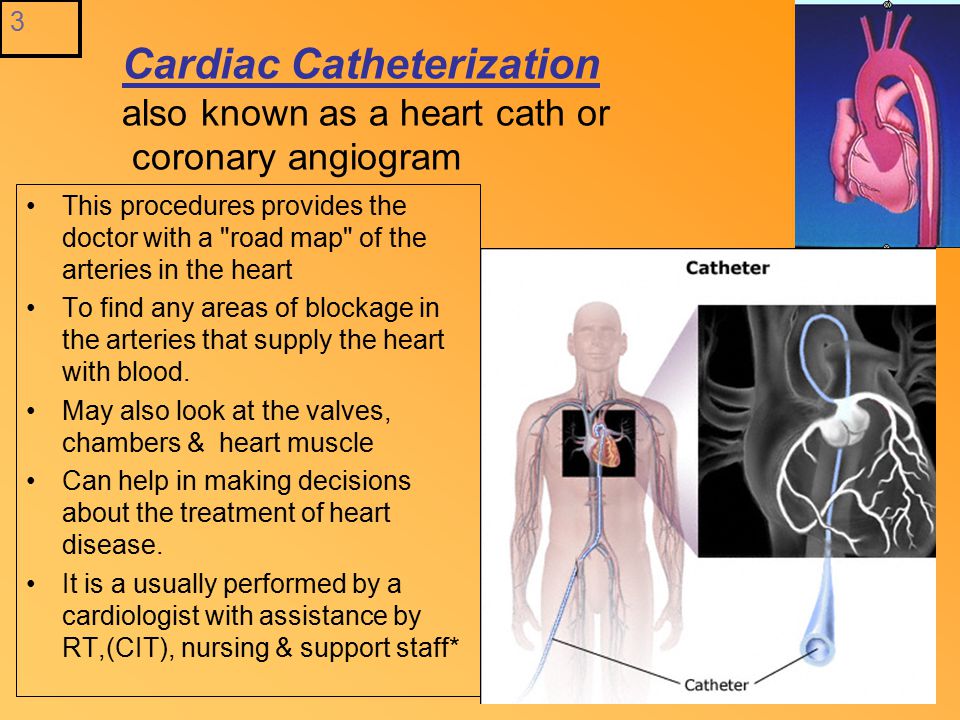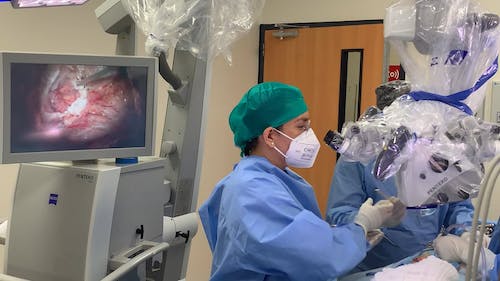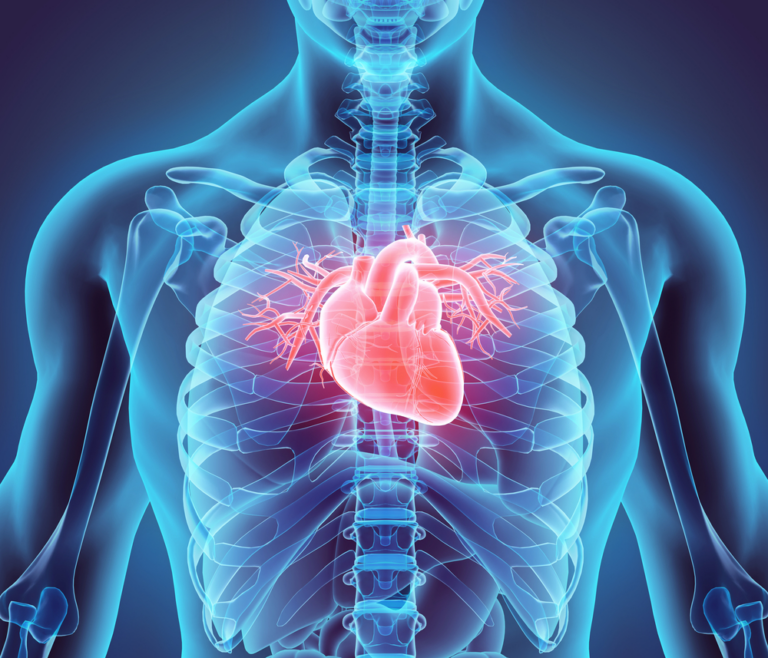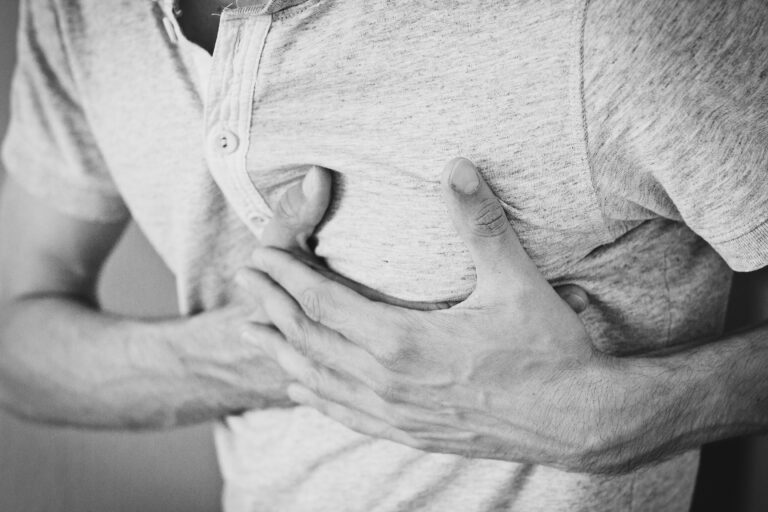Cardiac Catheterization in Canada: What to Expect and When it is Needed
Cardiac catheterization is a test or treatment for some heart or blood vessel issues like clogged arteries or to investigate issues like irregular heartbeats. It can also be called a coronary angiogram. In the procedure, a catheter – a thin, hollow tube, is guided through a blood vessel in the arm or leg and guided to the heart; this is done with the aid of a special X-ray machine.
Doctors use a contrast dye that they inject into the blood vessels through the catheter in order to create X-ray videos and images of the valves, the coronary arteries and the heart chambers. The procedure can also be used to test heart pressure or carry out treatments like opening clogged or narrowed arteries. This procedure can be done in Canada; it can also be carried out as an overseas medical treatment. This is usually a form of health or medical tourism and is usually provided by medical travel agencies, also called meditour agencies.

Why is cardiac catheterization done?

The procedure is a common way to diagnose and treat a variety of heart issues. A healthcare provider can suggest cardiac catheterization for the following issues:
- Chest pain
- Heart valve issues
- Irregular heartbeats
- Other heart issues
The procedure may be recommended for any of the following diseases:
- Congenital heart diseases
- Coronary heart diseases
- Heart failure
- Heart valve diseases
- Damages to the walls and the inner lining of the blood vessels in the heart. This is called coronary microvascular disease or small vessel disease.
Furthermore, the procedure can afford doctors the opportunity to do the following:
- Investigate how well the heart pumps blood
- Check for clots
- Measure the pressure and oxygen levels in different parts of the heart
- Take tissue samples from the heart for examination under the microscope
- Visualize the heart valves and chambers
The procedure may also be done at the same time as other heart procedures or even heart surgery.
What are the risks of cardiac catheterization?
While major complications are rare, some possible risks that can be seen in this procedure are:
- Bleeding
- Bruising
- Heart attacks
- Kidney damage
- Allergic reactions to the contrast dye or medication
- Infections
- Stroke
- Blood clots
- Damage to the blood vessel wall, the heart or the other areas where the catheter was inserted.
Individuals who are pregnant or are planning to be pregnant should inform their healthcare provider before having a cardiac catheterization.
What happens before cardiac catheterization?
The procedure is usually carried out at the hospital; most people will also need an EKG and a blood test. Some of the things an individual should be aware of include:
- The doctor will inform on what the patient can and cannot eat or drink before the procedure.
- The doctor should be aware of all the medication that the patient is on, including dietary or herbal supplements.
- The patient should inform the doctor if they have diabetes and get information on how to adjust the drugs before the procedure.
The patient should ask the doctor about the medication to take on the day or for a few days before the
- day of the procedure, or the drugs to stop completely like blood thinners
- The doctors should also be informed of the allergies of the patient, especially allergies to iodine, shellfish, latex, x-ray dye, rubber products, etc.
- The patient may not be able to go home on the day of the procedure, so they should bring toiletries or personal items that will make their hospital stay more comfortable. They should also arrange transportation home, as they may not be able to drive.
The procedure may take anywhere from 30 minutes or longer depending on if there is an intervention. However, the preparation and recovery time is usually several hours, so the patient should plan on an all-day stay at the hospital.
What happens during the procedure?

The patient changes into a hospital gown, they an intravenous needle is inserted into their arm by a nurse. This is the channel to administer drugs and fluids to the patient. The site for the insertion is shaved and cleaned. Sterile cloths will be used to cover the area to prevent infection. Electrodes that are attached to an EKG machine are placed on the patient’s chest.
The patient is usually sedated for the procedure so they will be awake but more relaxed. A local anaesthetic agent is used to numb the site for the catheter insertion. The site could be at the groin (femoral approach) or wrist (radial approach). A small cut is made above the vessel, an introducer sheath is inserted then the catheter is threaded through it and into the arteries of the heart. The patient does not usually feel pain but they may feel a little pressure. When the catheter is in place, a small amount of dye is inserted through the catheter into the arteries and heart chambers. This outlines the vessels, valves and chambers.
The X-ray camera will take images of the arteries and heart chambers, the patient may be told to hold their breath while the X-rays are taken. If the site was on the wrist, the catheter and the sheath were removed, the cut closed and bandaged. The patient will be able to move around and is monitored for a few hours. Medication may be administered to help with discomfort in the arm.
The patient should also alert the doctors if they feel any discomfort before, during or after the procedure. They will also instruct the patient on how to care for the arm after they go home. If the groin was used, the device is removed, and the cut is then closed with stitches, a collagen seal or pressure. In some instances, the introducer sheath is stitched in place and taken out after the bleeding stops. The wound is covered with a sterile dressing to prevent infection. Also, the patient will need to lie flat and keep the leg straight for 2-6 hours to prevent bleeding.
The bandage is checked regularly for any signs of bleeding. The patient should also inform the nurses if they feel any wet warm sensation which can be a sign of internal bleeding, or if their toes are tingling or going numb. The doctor will inform the patient when it is okay to go home. The patient will be informed on medication, dietary changes, exercise and future procedures. They will also tell them about how to care for the wound site, the activity they can engage in and follow-up care.
Results
The doctor will inform the patient of what was seen during the procedure and if any further procedures are needed, like a stent or an angioplasty. There may be a bruise at the site, and the patient should call the doctors if there are any other problems.
Do patients need to alter their lifestyles after getting cardiac catheterization?
Patients are advised to alter their lifestyles after receiving cardiac catheterization to enhance their health and lower their risk of developing further cardiac problems. Patients should, for instance, strive to maintain a healthy weight, consume a balanced diet low in saturated and trans fats, and exercise frequently. Also, they should refrain from drinking too much alcohol, cut back on their smoking, and learn stress-reduction strategies like meditation or counselling. These lifestyle modifications can significantly improve a patient’s overall heart health and help shield them from further problems.
The information provided in this blog is for educational purposes only and should not be considered as medical advice. It is not intended to replace professional medical consultation, diagnosis, or treatment. Always consult with a qualified healthcare provider before making any decisions regarding your health. Read more







